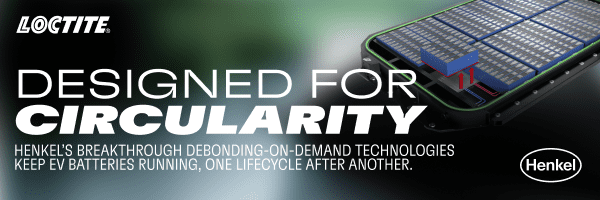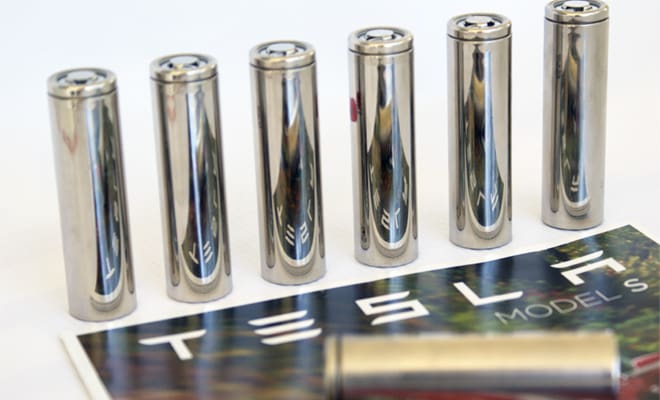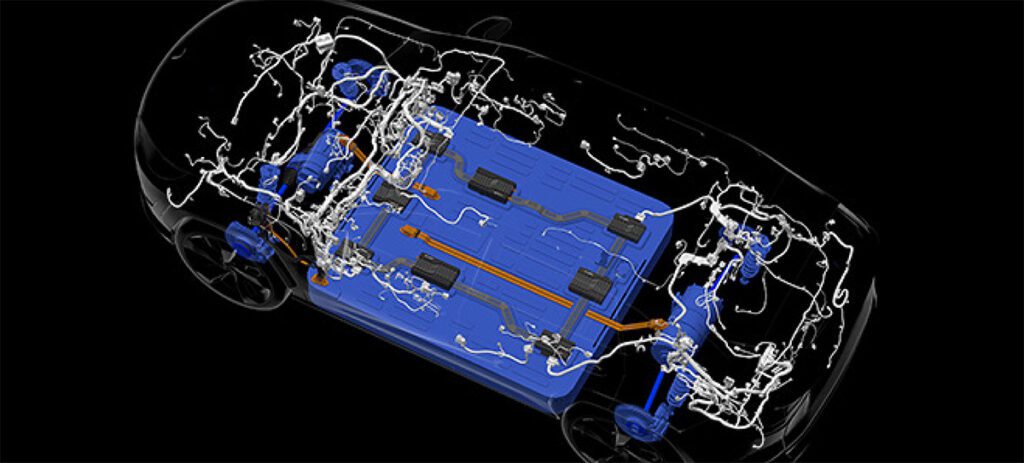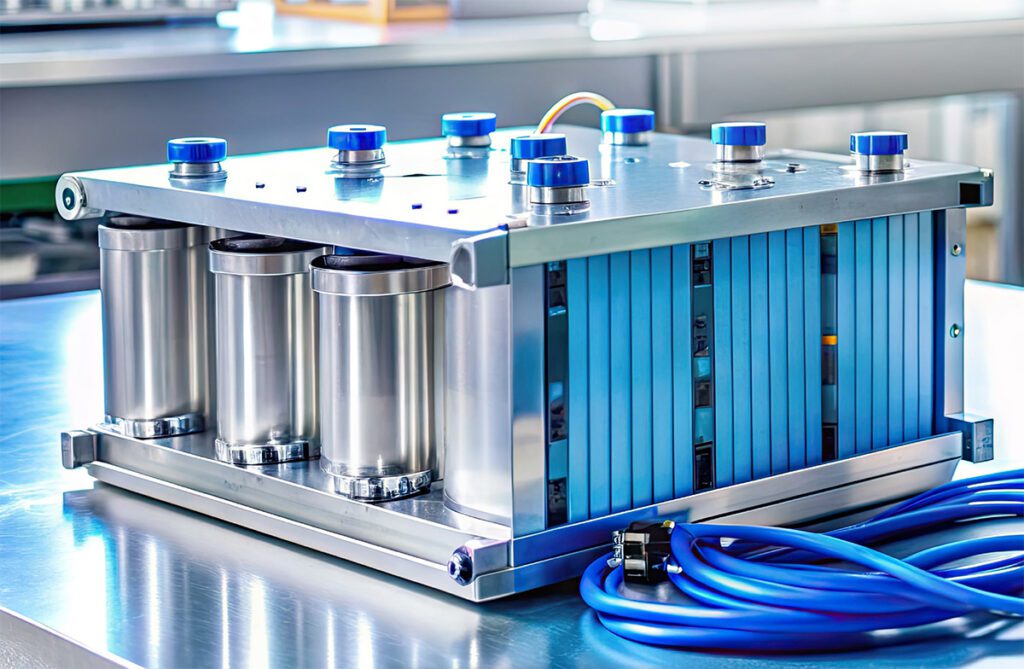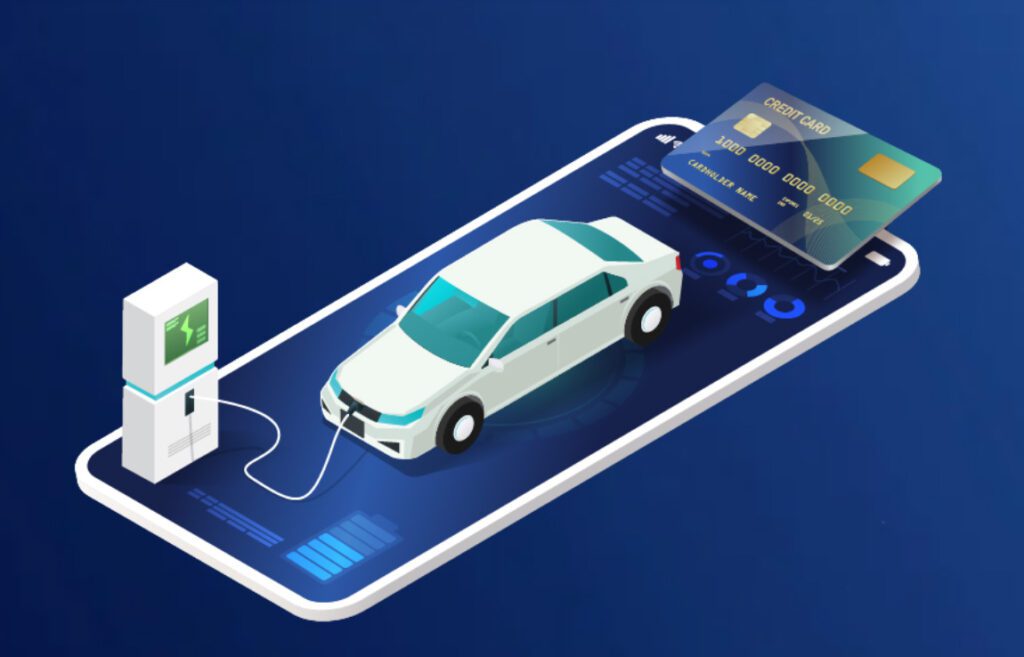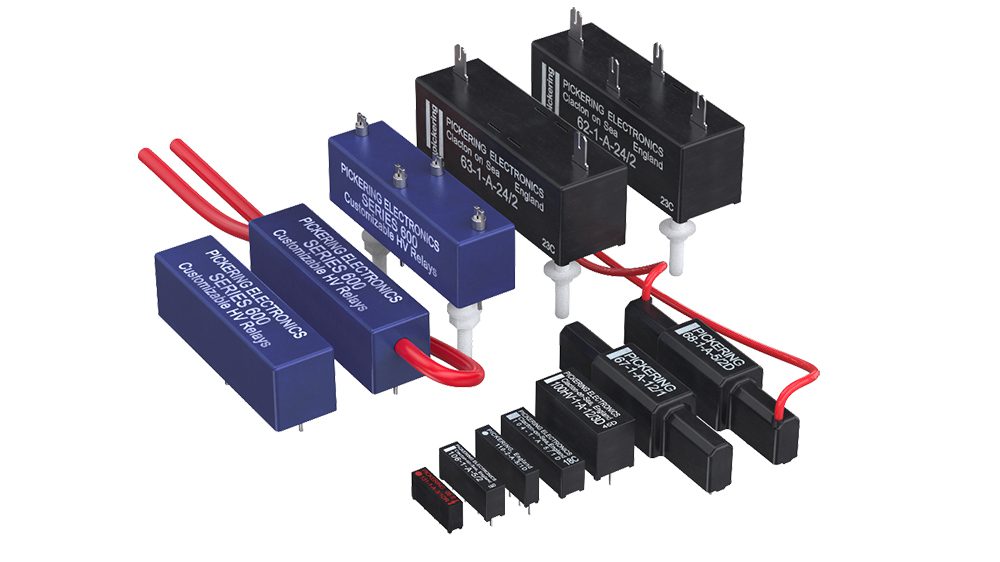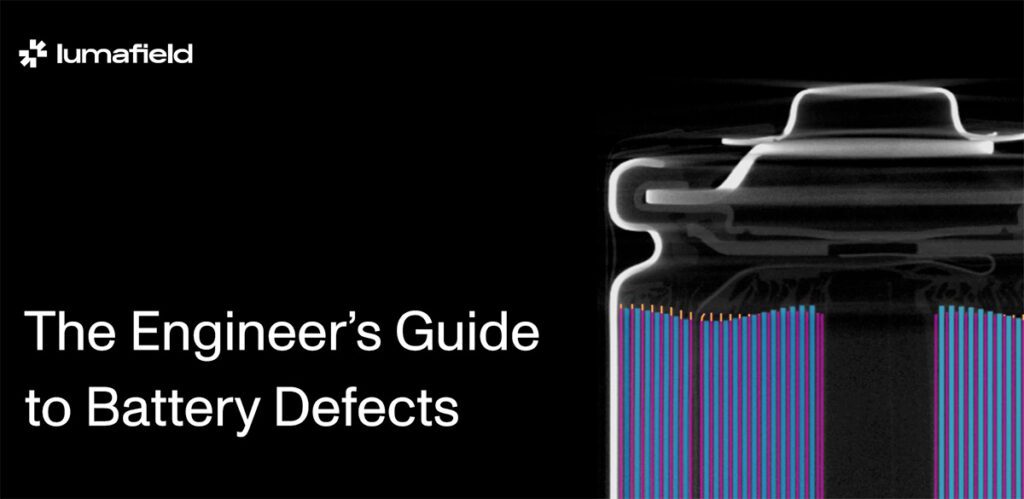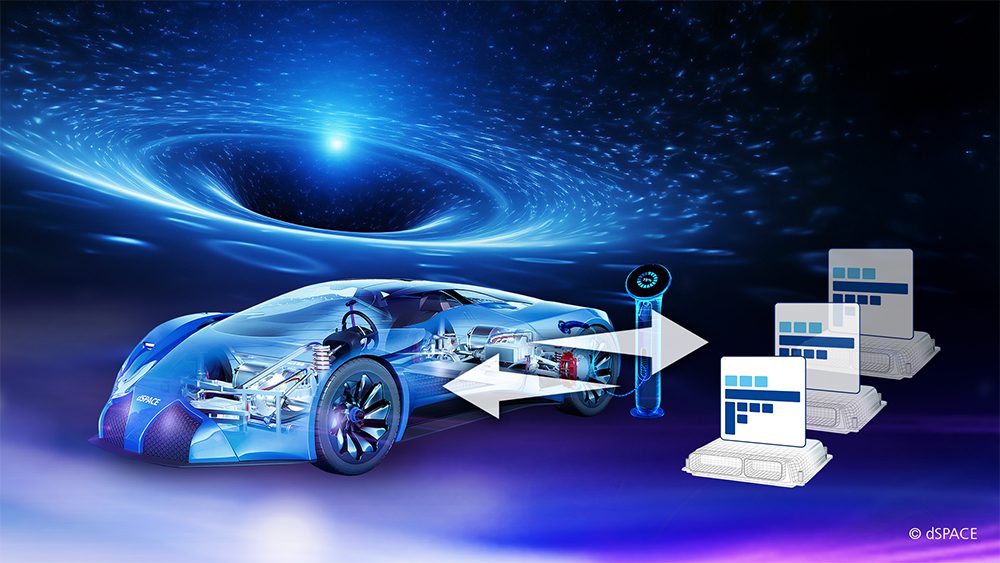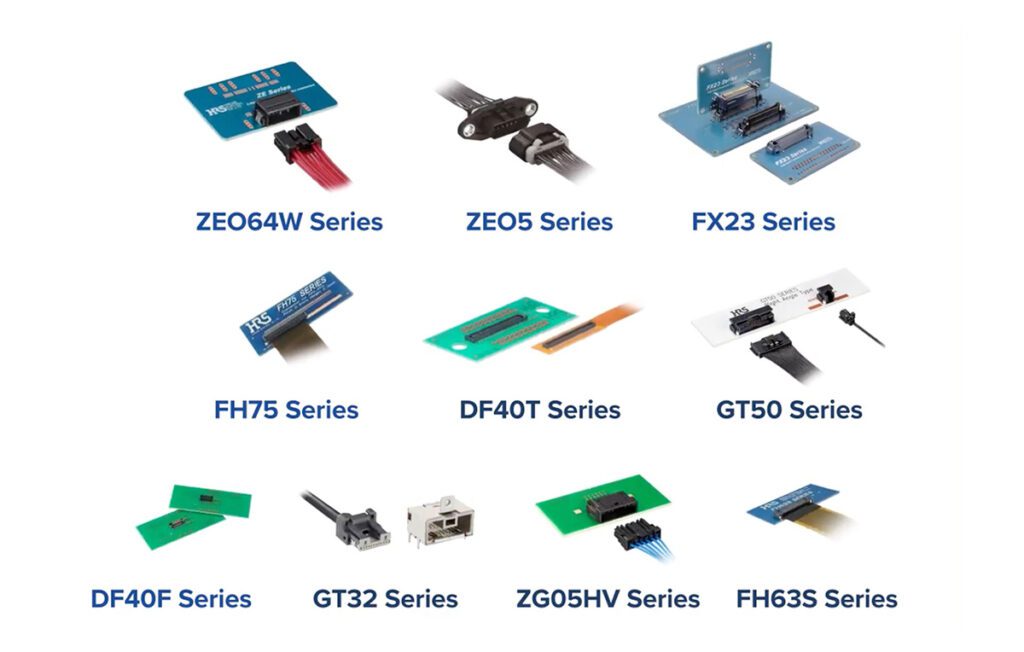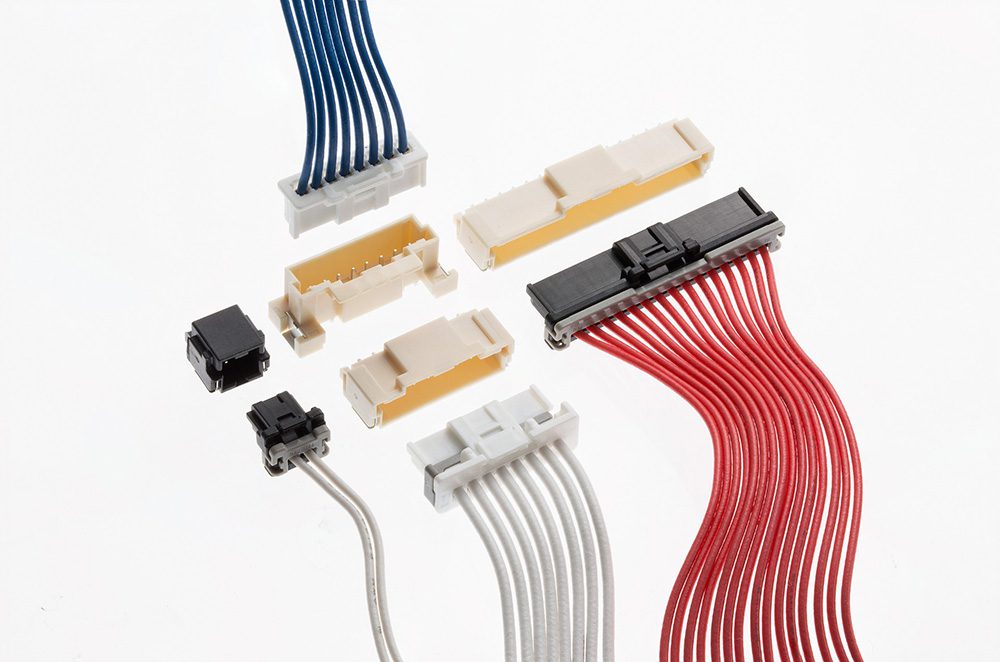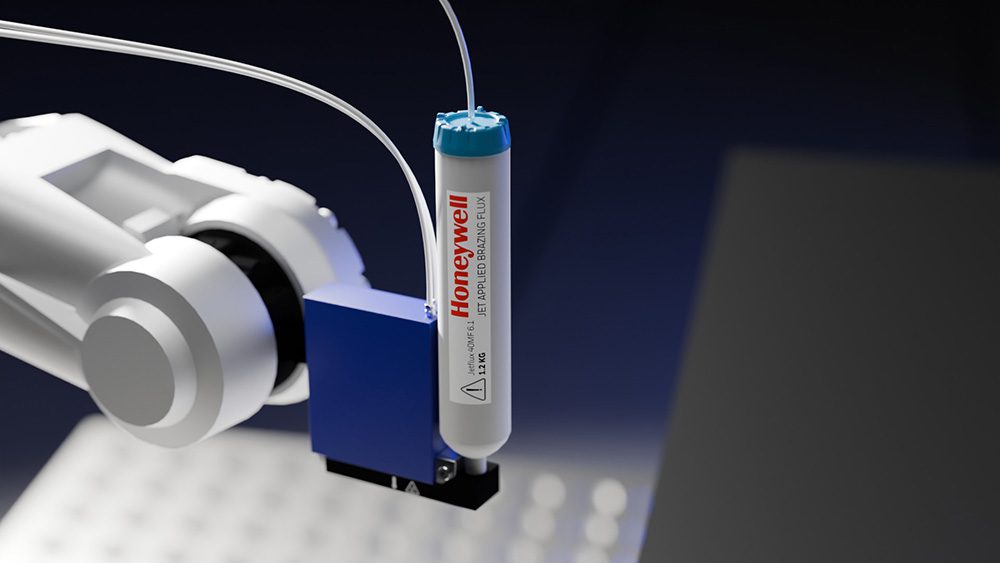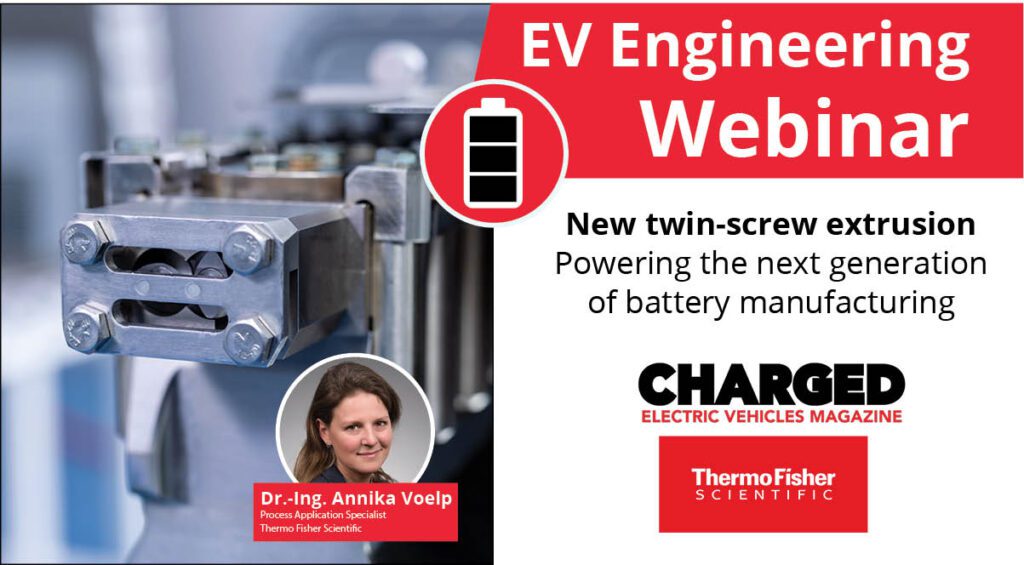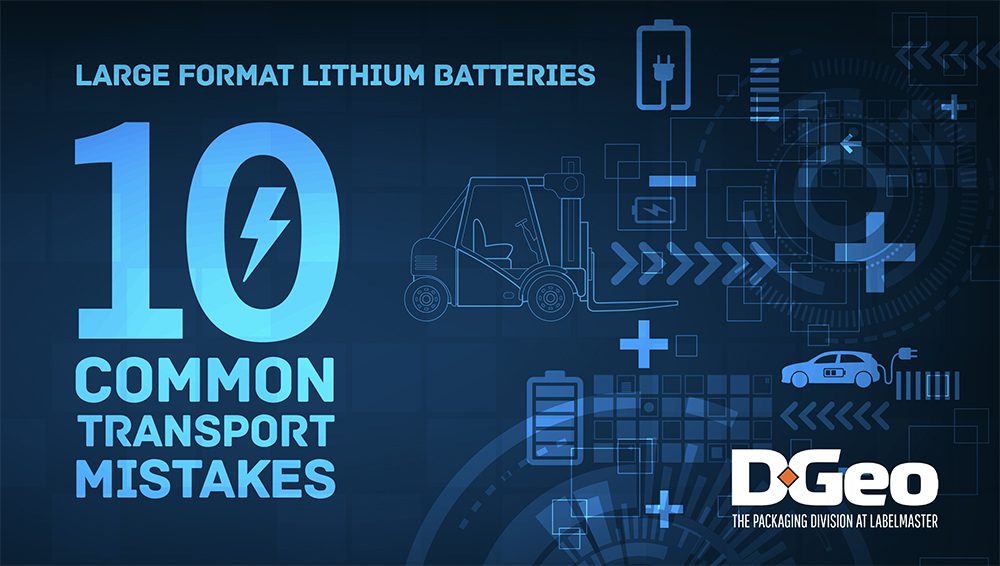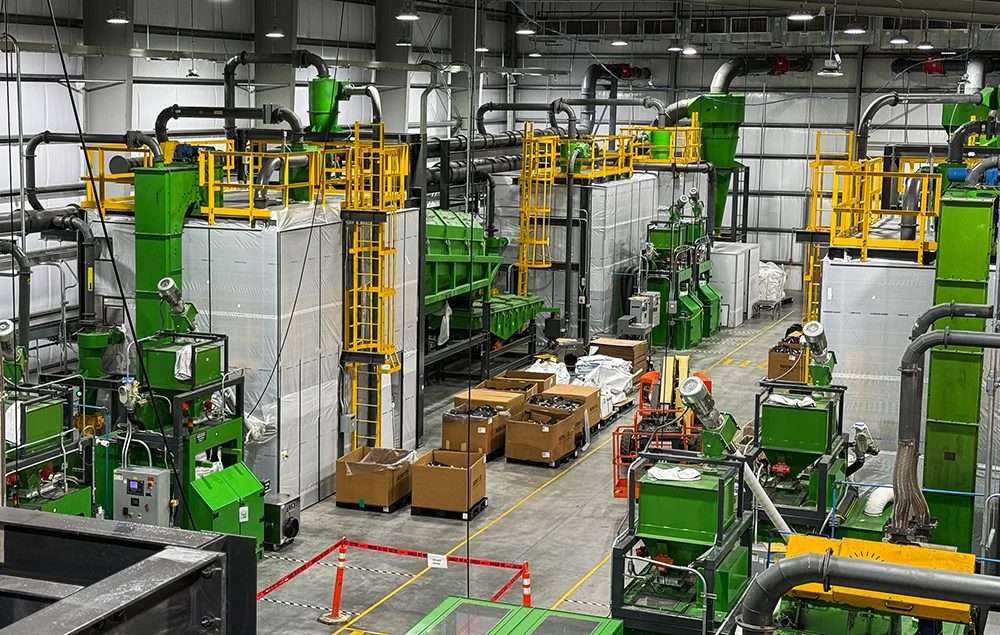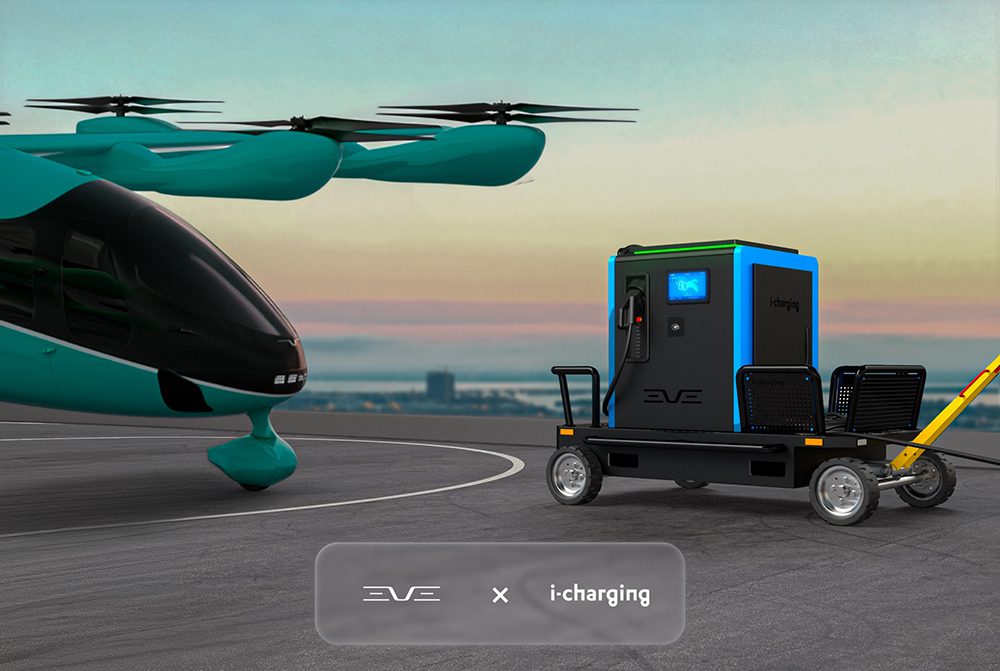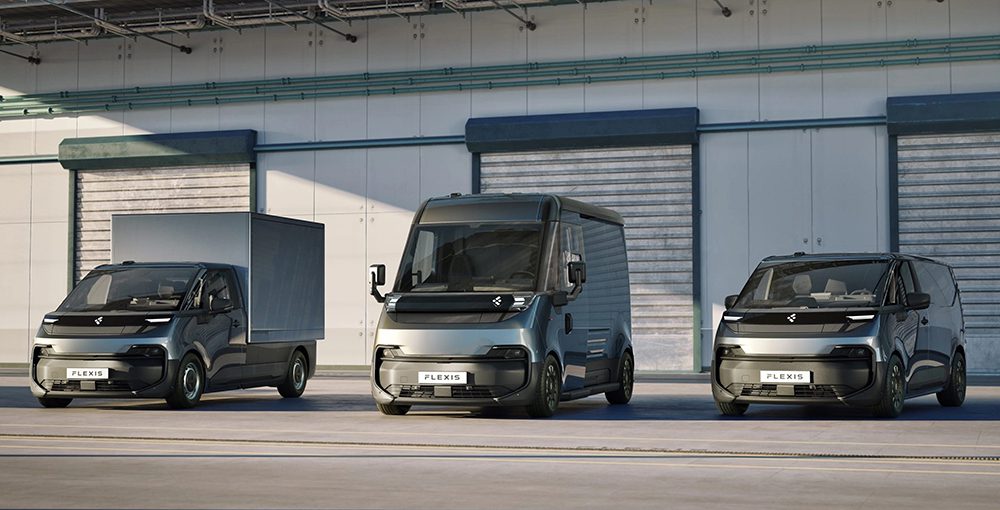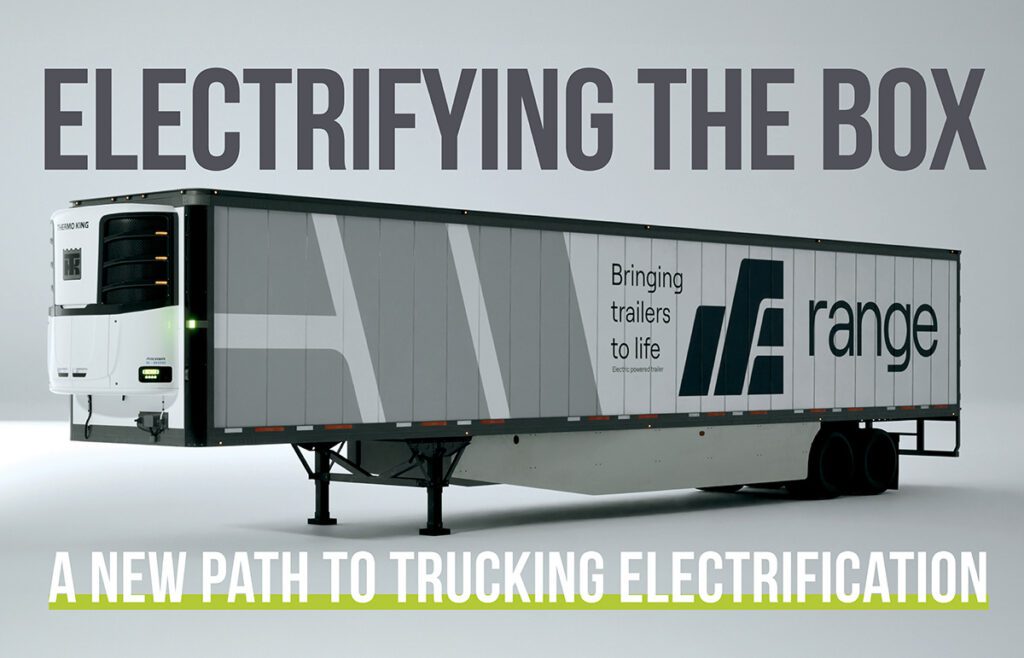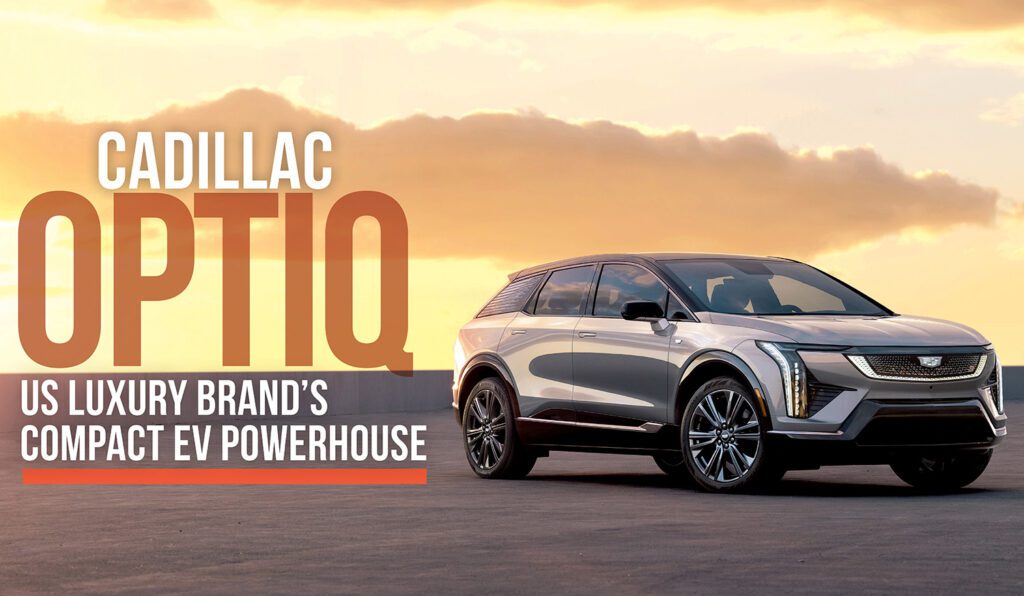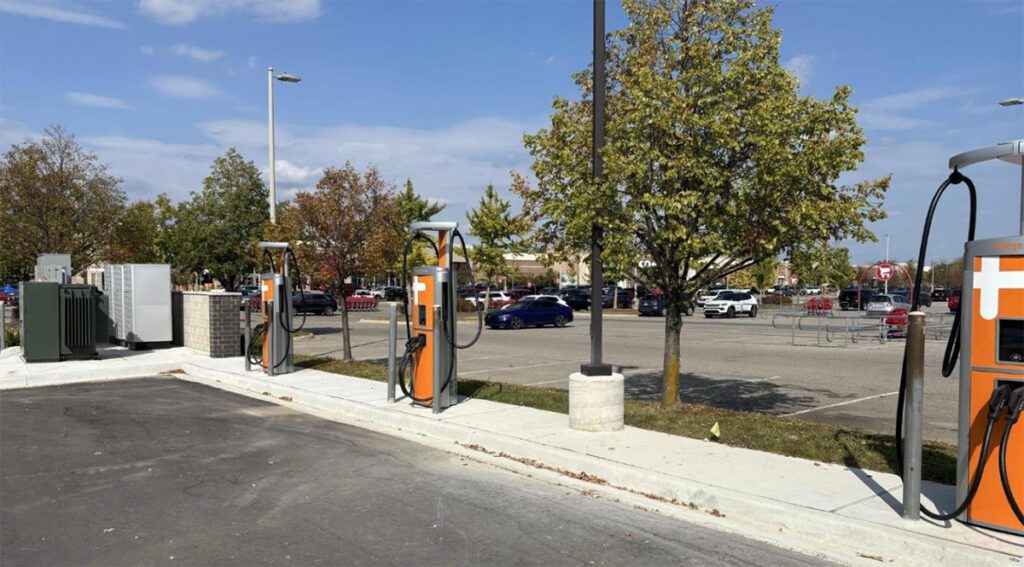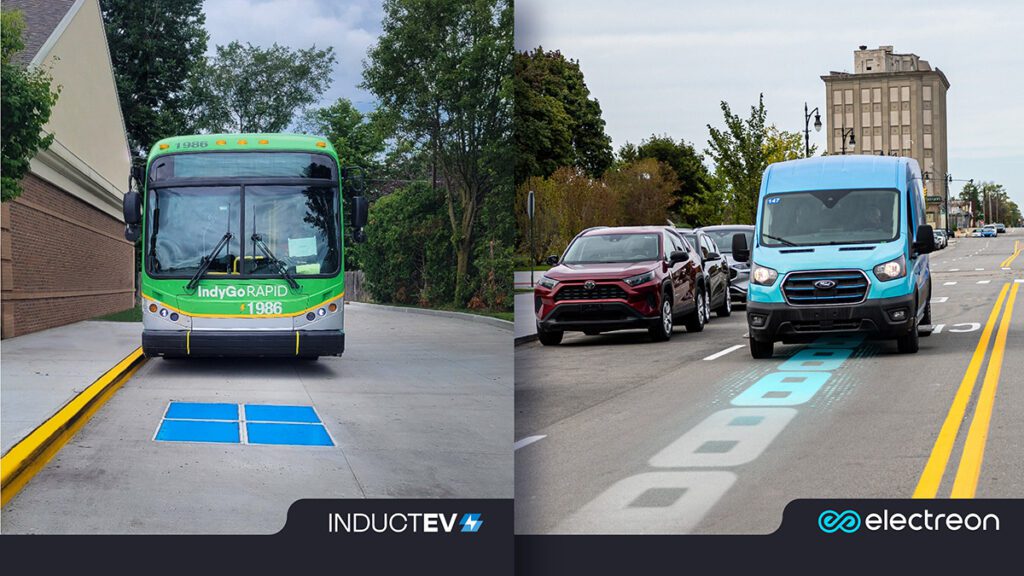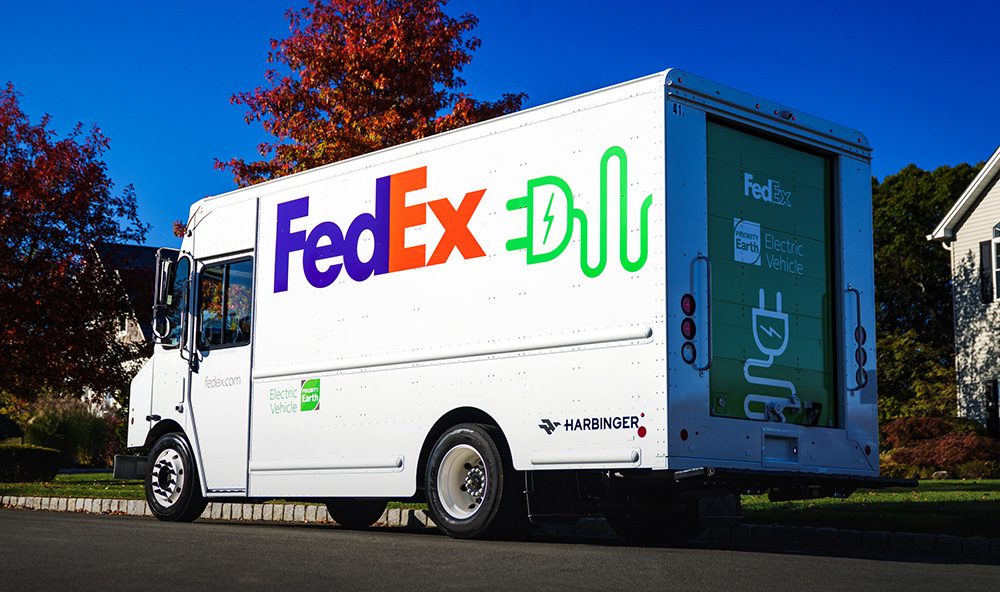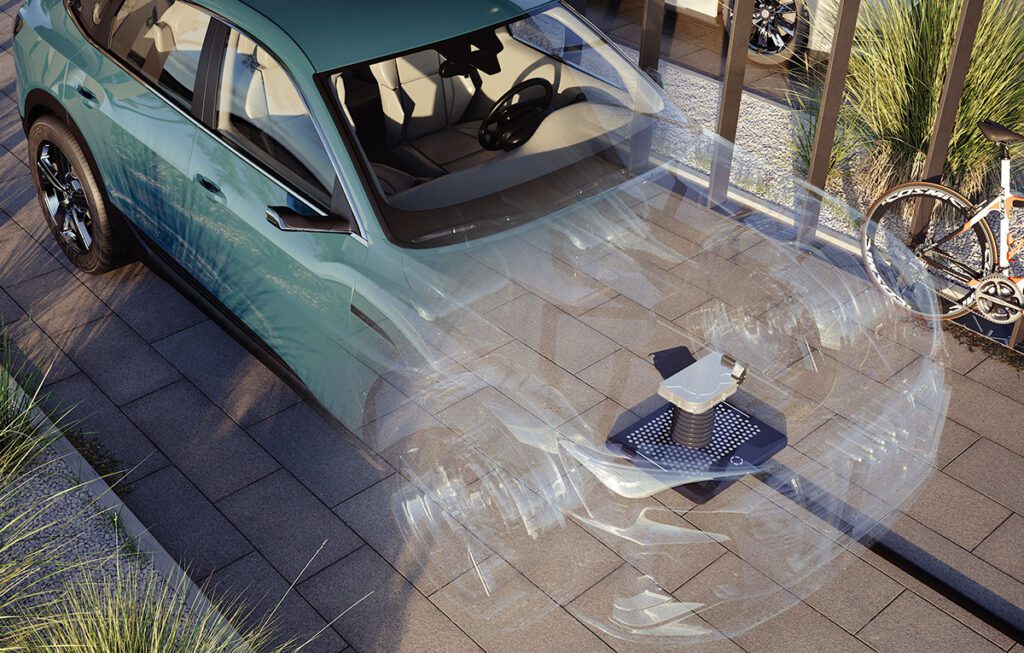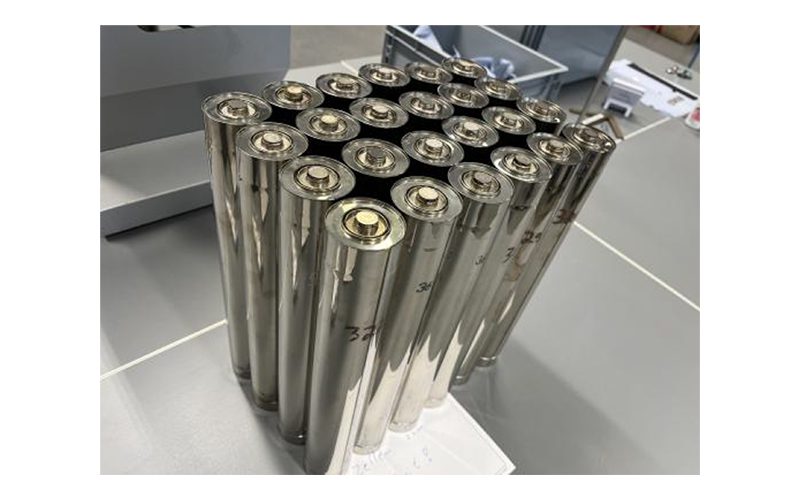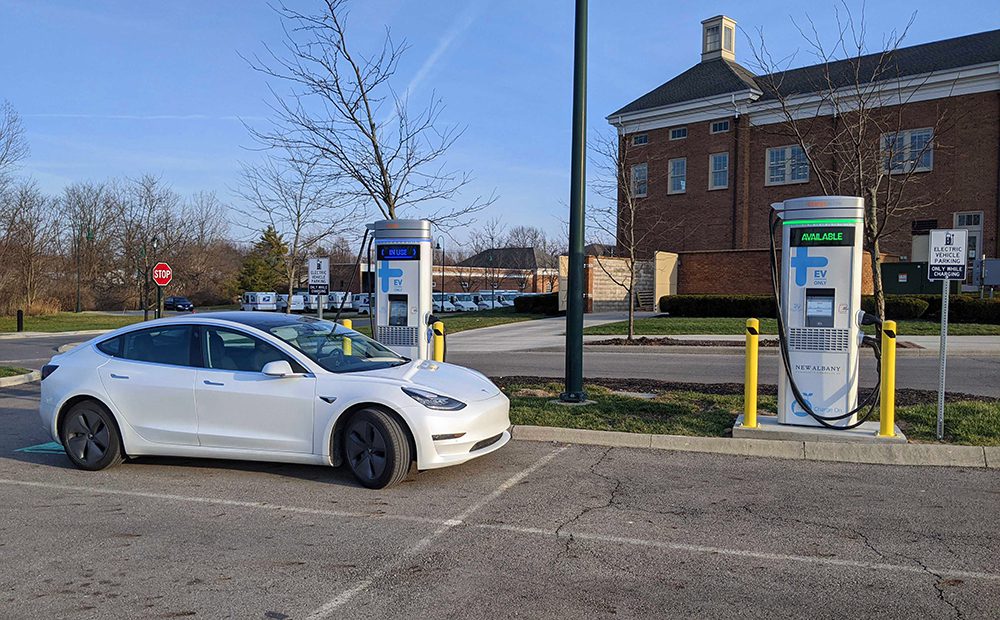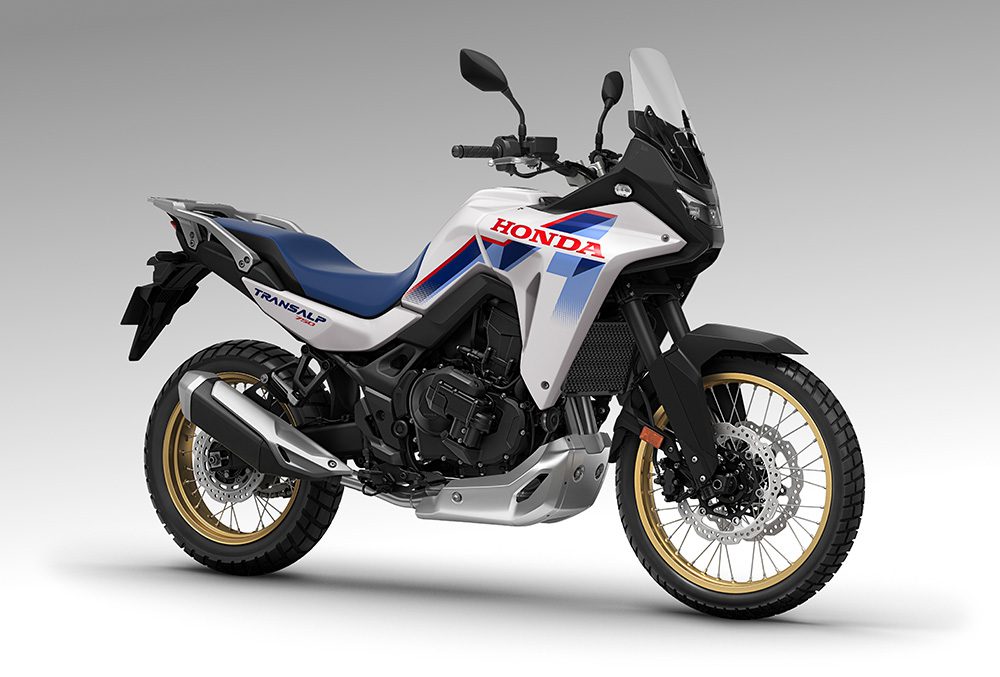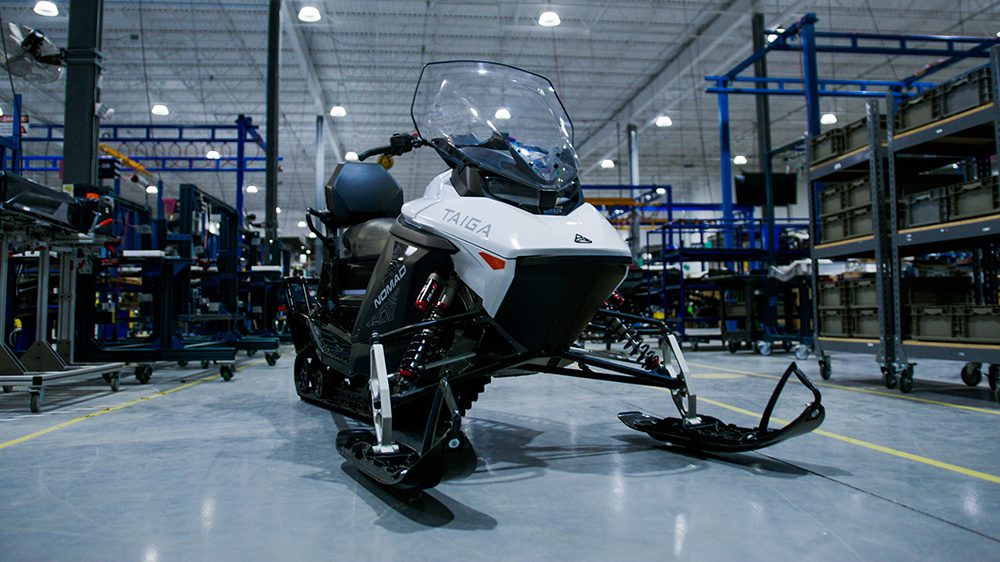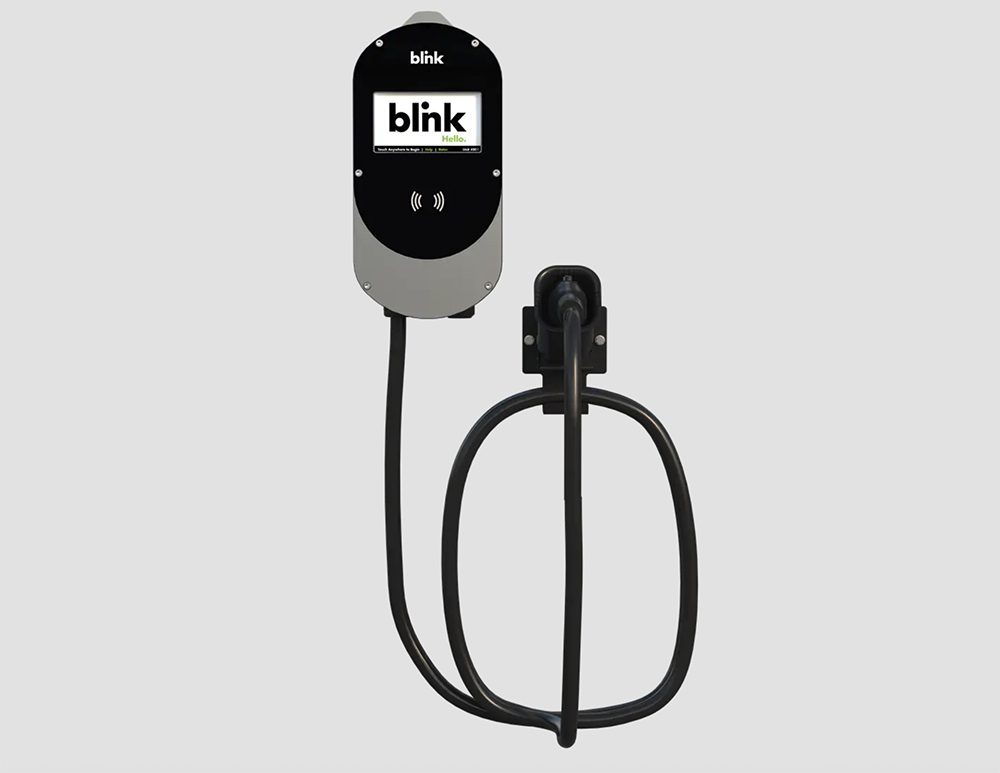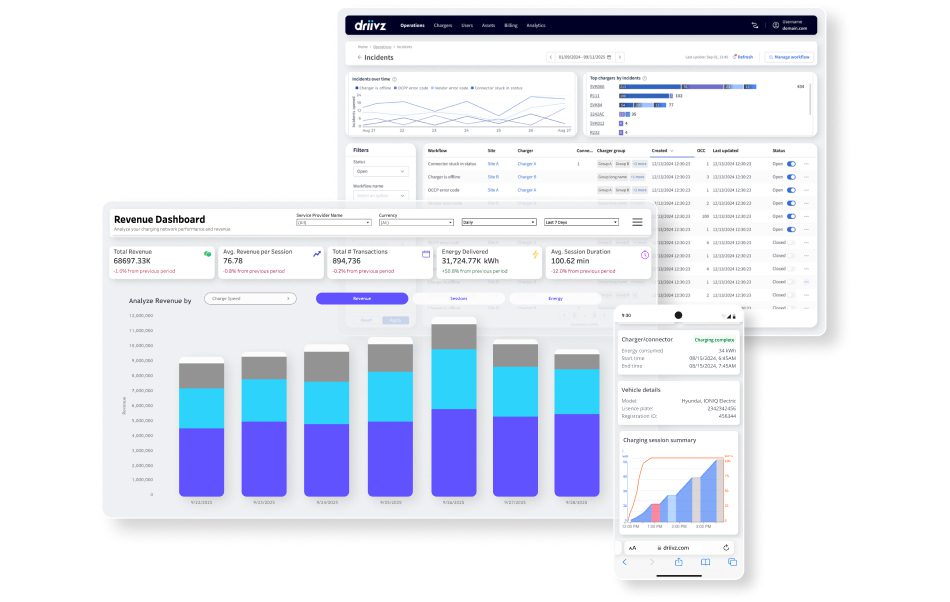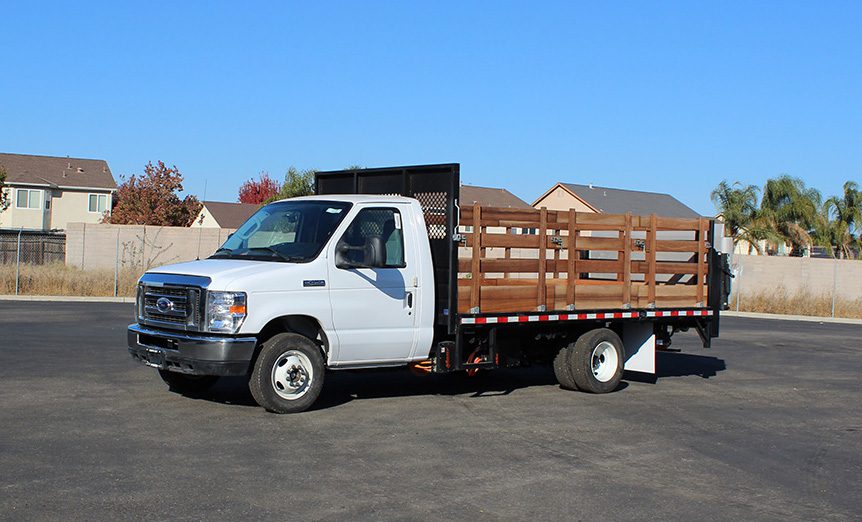As is often the case with Tesla, the mainstream press has missed the true significance of the company’s latest product. Tesla’s announcement of its new P100D battery pack option focused on the quicker 0-60 time, so that’s what most media outlets wrote about. Everyone other than acceleration junkies greeted it with a yawn – who cares if Model S is the third-fastest or the fourth-fastest production car ever built? One writer even called the P100D “a waste of resources” and a pointless distraction from what Tesla should be focusing on: bringing Model 3 into production.
However, as Electrek has divined, the new battery pack is in fact a major, and necessary, step forward in Model 3’s development. Tesla and partner Panasonic are believed to be working on a new battery cell that will go into production at the Gigafactory in Nevada later this year, but Elon’s Electric Elves have also made improvements at the battery pack level, and these will make their real-world debut in the new P100D battery pack.
“You can think of the cell level as being a chemical engineering problem and the module/pack level as being a mechanical, electrical and software engineering problem,” said Musk in a recent media conference call. “The cell is the same [in the P100D], but the module and pack architecture is changed significantly in order to achieve adequate cooling of the cells in a more energy dense pack and to make sure we don’t have cell to cell combustion propagation.”
SEE ALSO: A closer look at wire bonding, Tesla’s preferred battery connection technique
Tesla has increased the energy capacity of the P100D pack increased by 11% compared to the 90 kWh pack, but the weight has increased by only 4%, and the external dimensions remain the same.
“It is a pretty big change on the battery module and pack technology,” said JB Straubel. “It’s a complete redo of the cooling system, which is quite unique to Tesla and that we have been improving on for many years. This new pack is the next version of that. Some of the key improvements that enabled the new pack are directly on the roadmap for the technologies that make Model 3 possible.”
Source: Electrek






